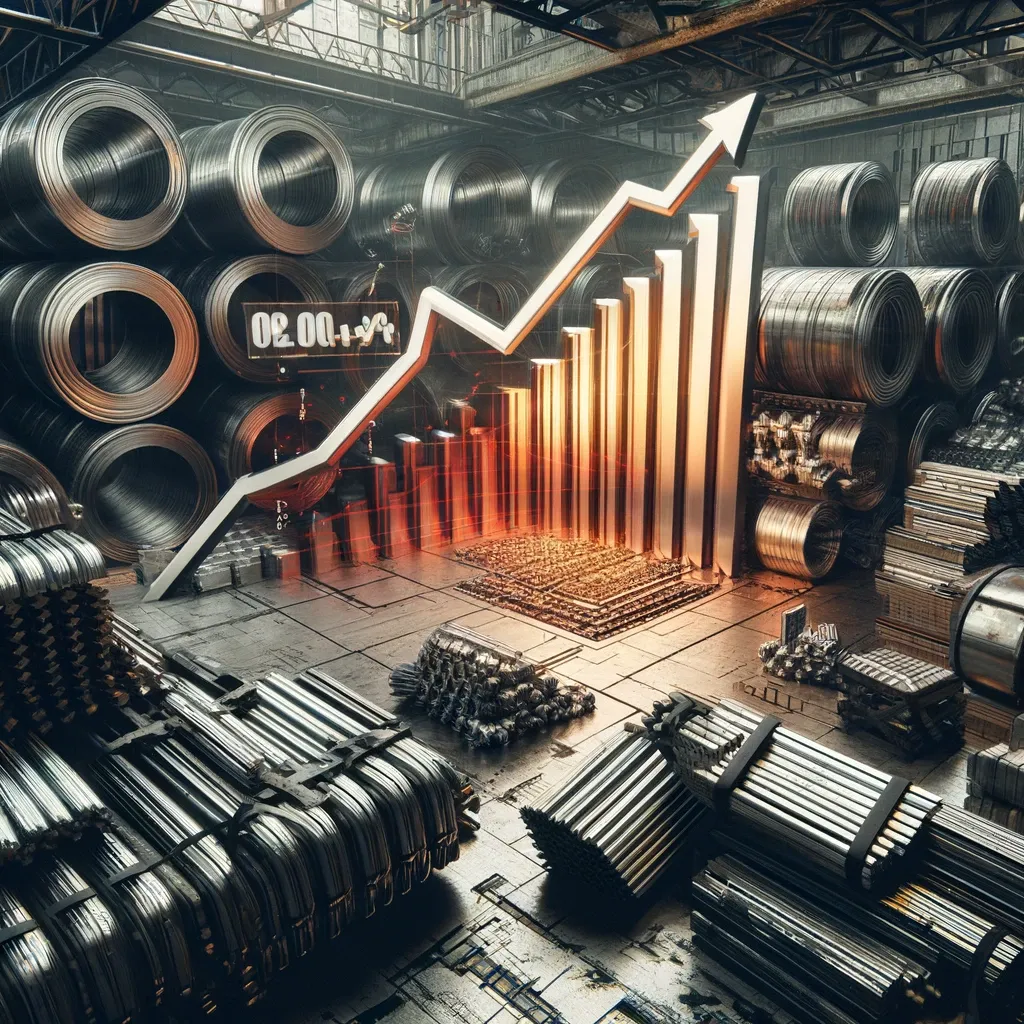The Big Story: What's in store for steel and base metals

Companies that use metals as their primary raw material have been enjoying low input costs over the past few quarters thanks to lower metal prices.
However, prices fell due to weak demand and a cycle of rate hikes initiated by central banks, especially the Fed. The S&P/TSX Global Base Metal index has fallen 30% since its peak on April 1, 2022. Low commodity prices have helped Indian companies boost their profits in the past few quarters.
Assessing the outlook in the metals market for the fiscal year 2025 is an important issue.
An important factor that could determine the trajectory of metal prices in the coming months is Chinese demand. China consumes 60% of global metal demand, so its demand plays a crucial role in the recovery of metal prices. However, China's real estate sector and manufacturing do not inspire optimism. China's real estate sector continues to deteriorate and China's manufacturing PMI shows contraction.
However, demand from the renewable energy and electric vehicle sectors is supporting metals demand. China added 301 gigawatts of renewable energy capacity in 2023, about 60% of the global increase for the year. Electric vehicle sales are also on the rise. However, these trends could change in the future. China may add 200 to 260 gigawatts of renewable energy in 2024, but this will still be lower than in 2023.
29 April 2025
14 May 2025
18 April 2025
Possible pressure on metal prices may arise due to oversupply in the market. Demand for steel and metals may be less active than supply, especially due to excess production in China. The International Copper Study Group forecasts that the global copper balance could shift from a deficit of 27,000 tons in 2023 to a surplus of 467,000 tons in 2024. Similar trends are seen in the lead, zinc and nickel markets.
Overall, metal production is expected to grow. However, global economic activity and geopolitical factors may affect prices in 2024. GDP growth in leading economies is forecast to be low. Risks to metal prices may arise from supply problems due to conflict in the Middle East and war between Russia and Ukraine.
Technical analysis shows that metal prices may come under pressure due to oversupply.
This is especially true for copper, aluminum, lead, zinc and nickel. Thus, copper and aluminum prices are in a sideways trend, with price levels of support and resistance. In general, it is expected that metal prices will continue to fluctuate in the coming months before establishing a steady trend up or down.
NOTE:The original text contained URLs that have been removed as per the instructions.
Tags
Comment
Popular Offers

Subscribe to the newsletter from Hatamatata.com!
Subscribe to the newsletter from Hatamatata.com!
I agree to the processing of personal data and confidentiality rules of Hatamatata





